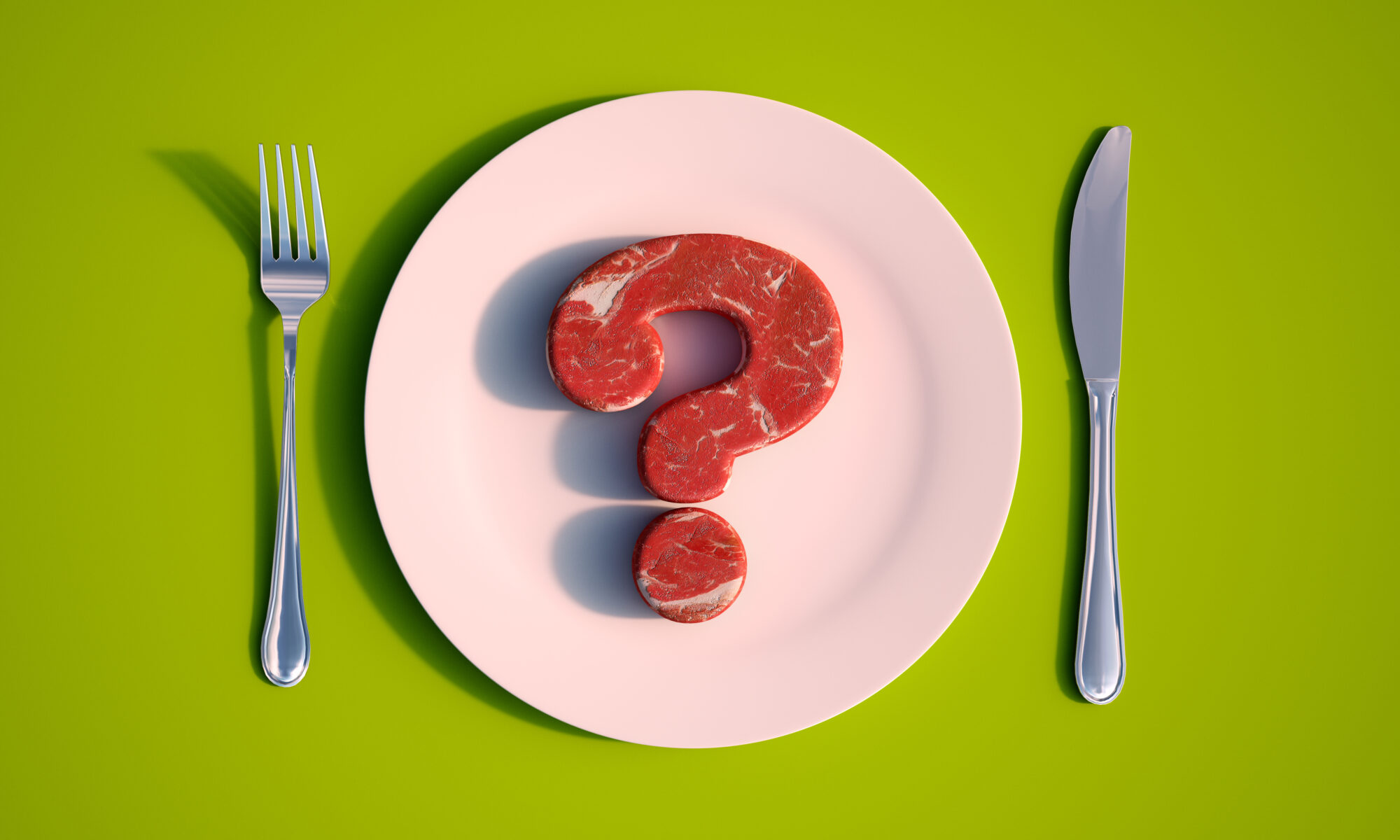Written by: Tommaso Cremonini e Michelangelo Serpico (IFBM students, intake 2020)
Sustainability of Meat
This article is by Michelangelo and Tommaso, two Master in International Food & Beverage management students at ESCP Business School. We have already discussed the sustainability of meat in our previous article. Meat is probably the most polarizing food and for that reason it’s often accused of being unsustainable and unhealthy, even though scientific research, if analyzed carefully, tells a story that is very different from the one usually told by the mass media.
Water Footprint
An existing myth that often circulates on social media and other information channels is that 15 thousand litres of water are needed to produce a kilogram of edible meat.
This view hides at least one very big conceptual problem: all water is treated equally. The water footprint is actually given by the sum of three types of water: green water, grey water and blue water. As this topic is very extensive, we’ll leave the reader with some references for further reading; however, for the sake of discussion, we need to clarify that green water should not be really taken into consideration, as it mainly represents the rainwater used to produce animal feed that then returns to the water cycle (or hydrological cycle) by transpiration and therefore is not “consumed”.
If we look at Italy, for example, for 1 kg of beef produced 11.500 liters of water is used; however 87% of that is green water (10.005 liters).
Technology adopted in Italy to reduce the carbon footprint of meat production
The most modern farms and meat processing companies, thanks to their cooperation with universities, and other important stakeholders, have developed a model of sustainable and integrated supply chain for meat production.
Biogas and Biomethane
Biogas plants were born as advanced systems for the recovery of organic waste, such as livestock sewage, manure, organic fraction of waste collection (household food waste), waste from fruit and vegetable markets, sludge purification.
The anaerobic digestion process of these plants allows the biological transformation of this waste into fertilizer for agriculture. This is the so-called “digestate” which, like compost, can be used in the open field or as raw material to produce soil improvers and compost for gardening and horticulture.
Biogas plants therefore have a primarily environmental value, i.e. the disposal and recovery of waste and organic waste. The anaerobic digestion process involves the production of biogas, a renewable fuel composed mainly of methane, which can be used to produce thermal or electric energy.
In recent years, Italy has become one of the world’s largest producers of biogas. Limited to livestock manure transformed into biogas, for example, the most recent data (2018) shows 615 plants in Italy with an installed power of 238,469 KW, 16.4% of that produced by biogas, equivalent to 1,237 GWh (of the 2,102 that potentially can be produced with a plant efficiency of 59%), equal to 1.1% of total renewables (144,415 GWh), the latter, in turn, represented 39.5% of national electricity production. These figures may seem trivial, but taking into account that an electric car has an average consumption of 20 kWh per 100 km, it is as if 308,750 electric cars with an annual mileage of 20,000 km were powered by animal waste.
The most recent discoveries in agri-food tech have shown that it’s also possible to produce bio-methane from all the previously cited waste from farming and meat processing. Bio-methane is going to be a substitute for traditional diesel in transportation, mainly for trucks that cannot rely on efficient electric motors, and it can also be used as fuel for agricultural machinery.


